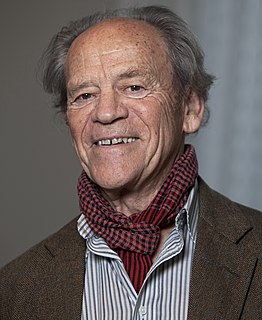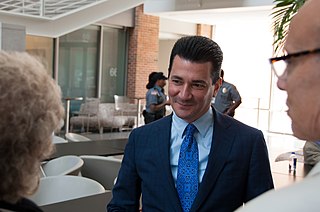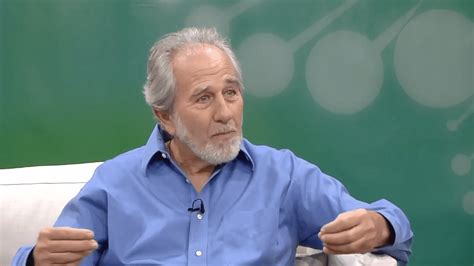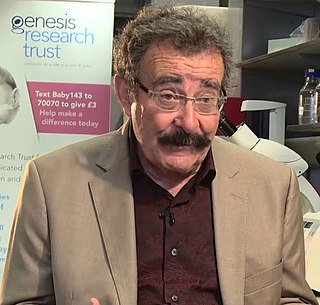A Quote by Torsten Wiesel
In the early Sixties, having begun to describe the physiology of cells in the adult cat visual cortex, David Hubel and I decided to investigate how the highly specific response properties of cortical cells emerged during postnatal development.
Related Quotes
Innate mechanisms endow the visual system with highly specific connections, but visual experience early in life is necessary for their maintenance and full development. Deprivation experiments demonstrate that neural connections can be modulated by environmental influences during a critical period of postnatal development.
Most of our brain cells are glial cells, once thought to be mere support cells, but now understood as having a critical role in brain function. Glial cells in the human brain are markedly different from glial cells in other brains, suggesting that they may be important in the evolution of brain function.
There are two main types of immunity to an infection. Innate immunity comes from circulating cells that attack any invader the body views as foreign. Adaptive immunity is specific to the pathogen presented. Through adaptive response, immune cells are programmed to secrete antibodies that are primed to target a viral invader.
Both in Britain and America, huge publicity has been given to stem cells, particularly embryonic stem cells, and the potential they offer. Of course, the study of stem cells is one of the most exciting areas in biology, but I think it is unlikely that embryonic stem cells are likely to be useful in healthcare for a long time.
The brain is a tissue. It is a complicated, intricately woven tissue, like nothing else we know of in the universe, but it is composed of cells, as any tissue is. They are, to be sure, highly specialized cells, but they function according to the laws that govern any other cells. Their electrical and chemical signals can be detected, recorded and interpreted and their chemicals can be identified; the connections that constitute the brain's woven feltwork can be mapped. In short, the brain can be studied, just as the kidney can.




































